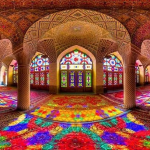Tucked away in the lush southern swamps of Bangladesh’s Khulna Division, Bagherat is the kind of place that would be world famous if it were in Europe but instead sits in muddy obscurity.
This ancient city of mosques, ponds, and crumbling Islamic architecture is one of South Asia’s most underrated UNESCO World Heritage Sites. It is old, it is odd, and it is exactly the kind of place where history gets swallowed up by rice paddies and fog.
What the Bagherat?
Bagherat, sometimes spelled Bagerhat, is often described as a medieval Islamic city lost in the jungle. And that is basically what it is. Originally named Khalifatabad, it was founded in the 15th century by the Sufi general Ulugh Khan Jahan who rolled into the Bengal delta with ambition, bricks, and a plan to build an Islamic utopia out of swamp water. What followed was a city filled with red-brick mosques, palaces, roads, tanks (water reservoirs), and tombs. The jungle eventually swallowed most of it, but enough remains to make Bagherat a weird and wonderful time warp.
The whole place is dotted with sites but everything centres around the Sixty Dome Mosque. Most travellers come here on a day trip from Khulna, but to do it right you should take your time and soak in the eerie calm of a place that feels more ancient than it has any right to.
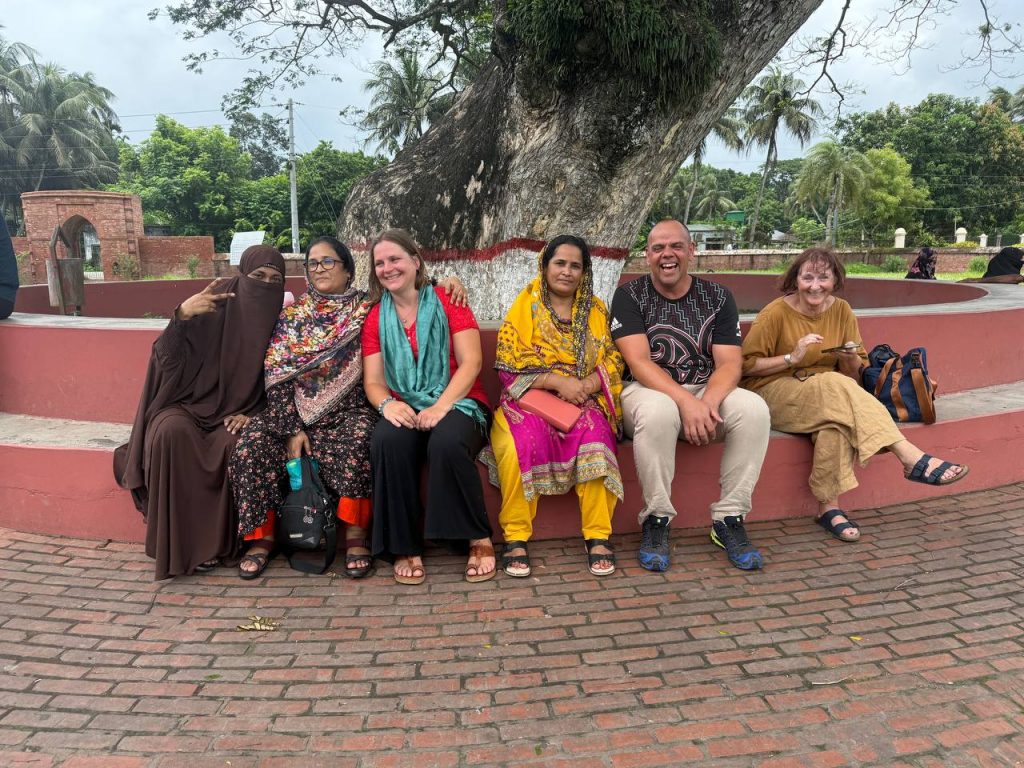
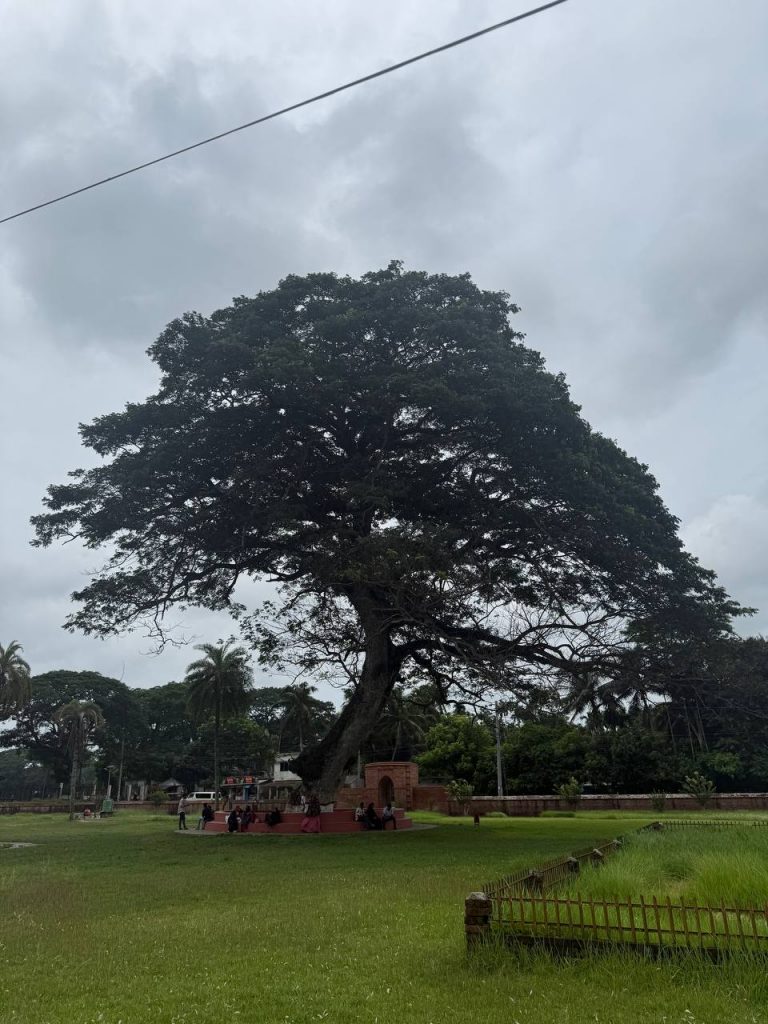
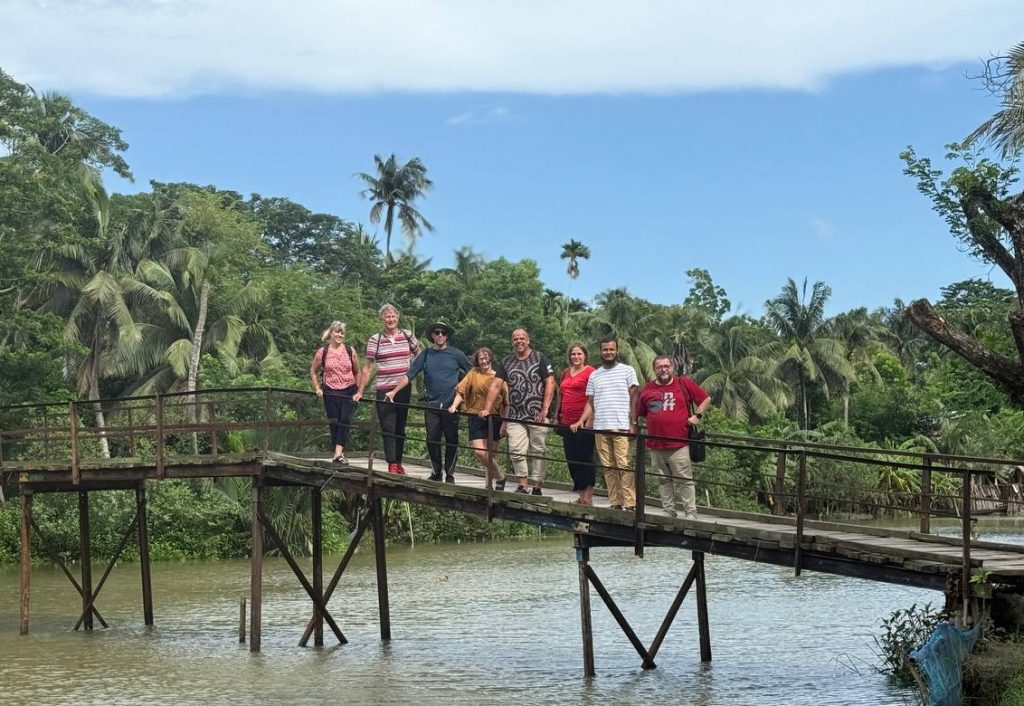
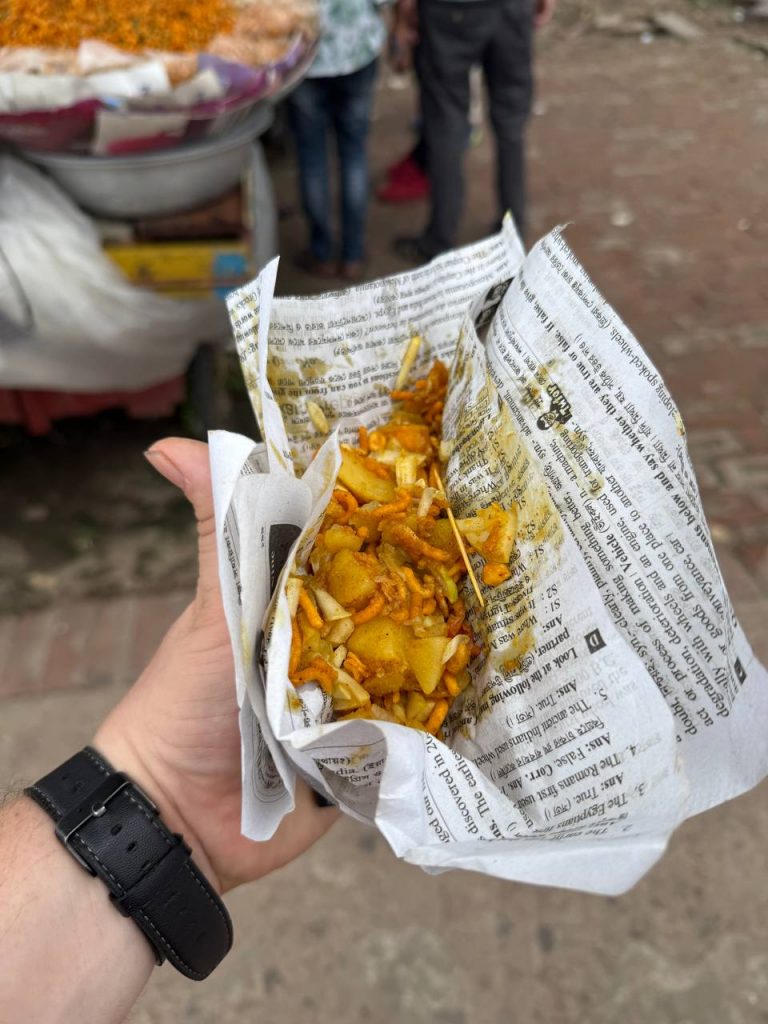
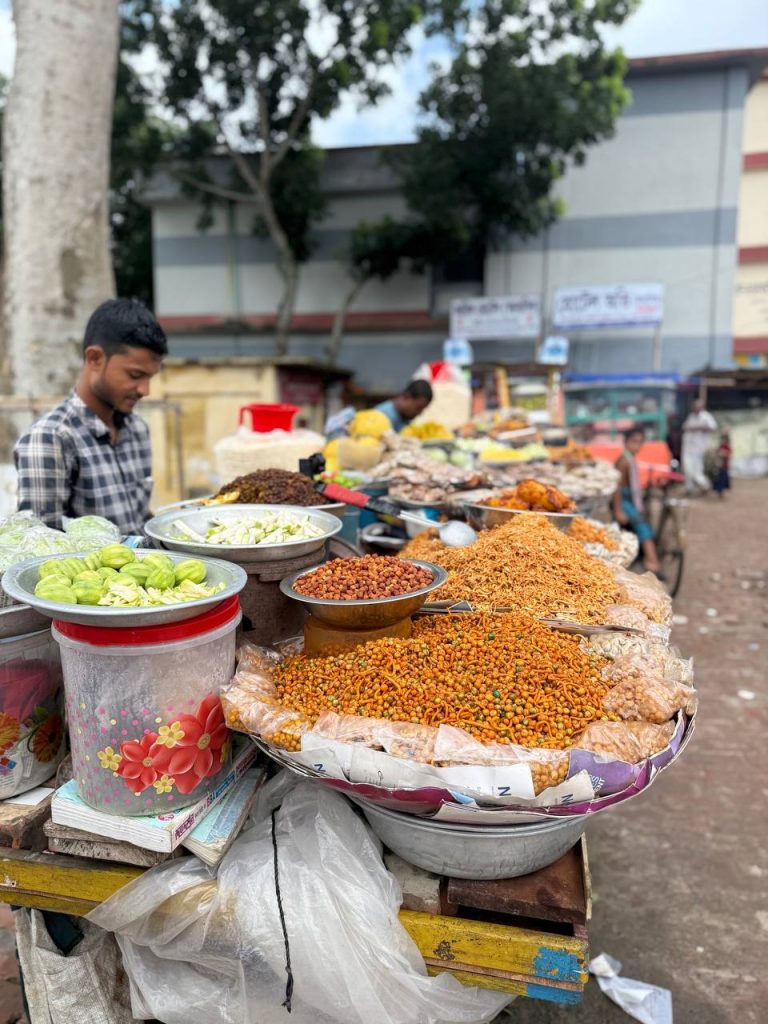
Sixty Dome Mosque (Shat Gombuj Masjid)
Despite the name, the mosque has 81 domes, not 60. The name probably came from miscounting or just poetic exaggeration. Either way, it is the crown jewel of Bagherat. Built by Khan Jahan himself, this mosque is massive, symmetrical, and somehow manages to look like both a military bunker and a spiritual sanctuary at the same time. Its thick walls and low arches make it naturally cool inside and the domes give it a strange echo that carries even the softest whisper. It is still in use and feels very much alive despite being nearly 600 years old.
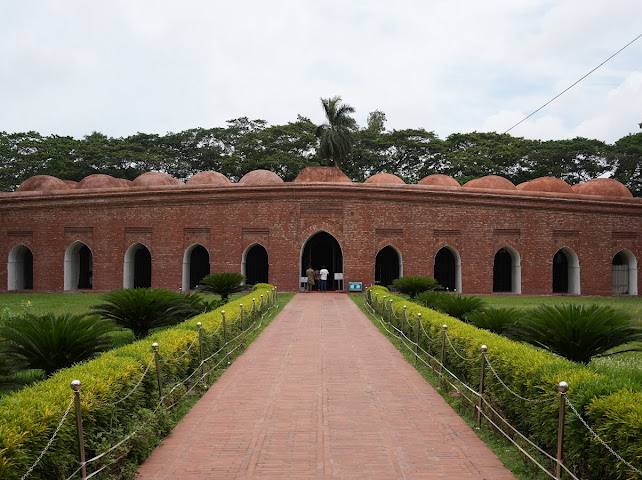
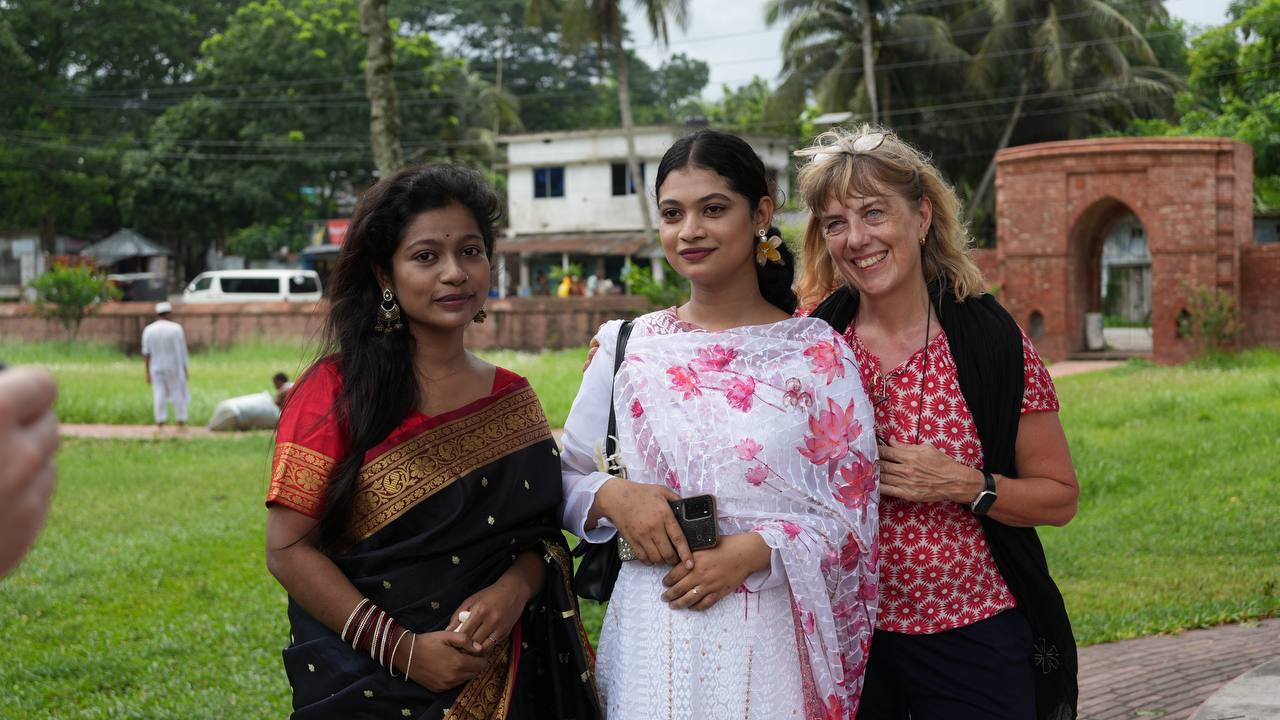
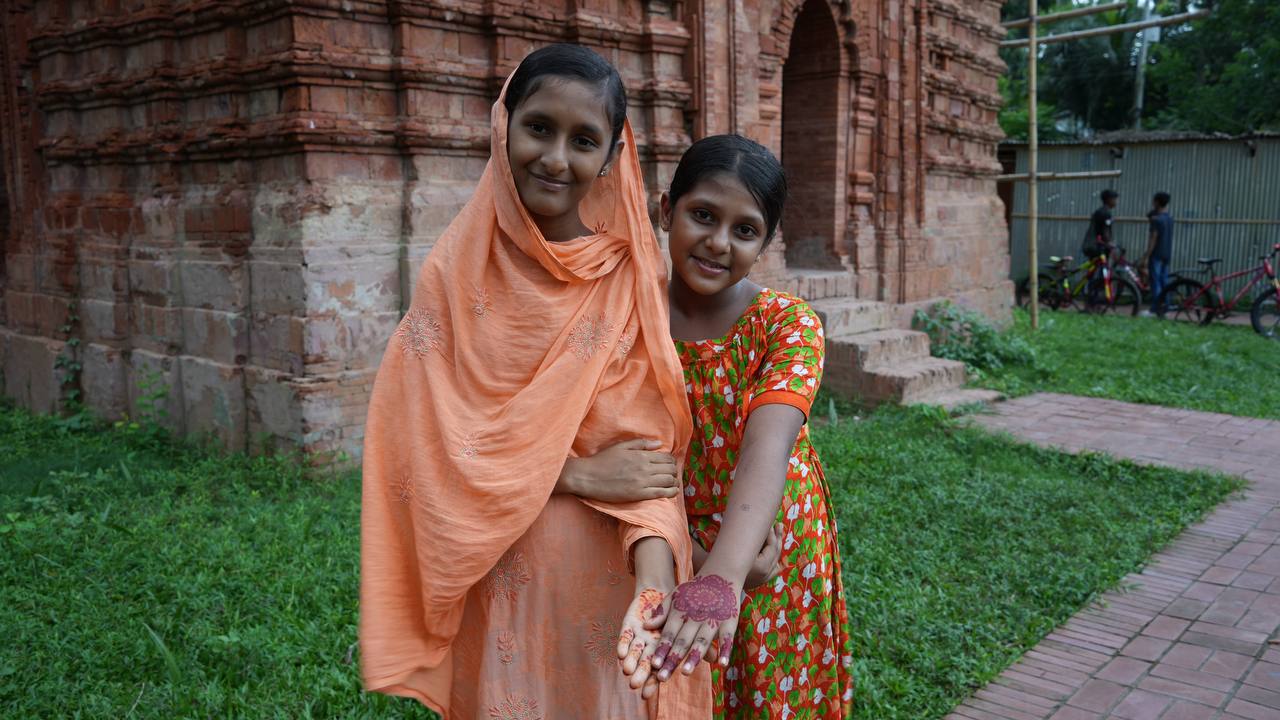
Khan Jahan Ali’s Tomb
The man who built the city is also buried here. His tomb lies in a quiet complex surrounded by water tanks and palm trees. It is visited by pilgrims and locals alike who believe he was a saint. On Thursdays especially, the site fills with people offering prayers, lighting candles, and throwing coins into the pond. That same pond is said to contain sacred crocodiles which the caretakers will summon by name in exchange for a chicken or two. The crocs, whether divine or just fat and lazy, usually make an appearance.
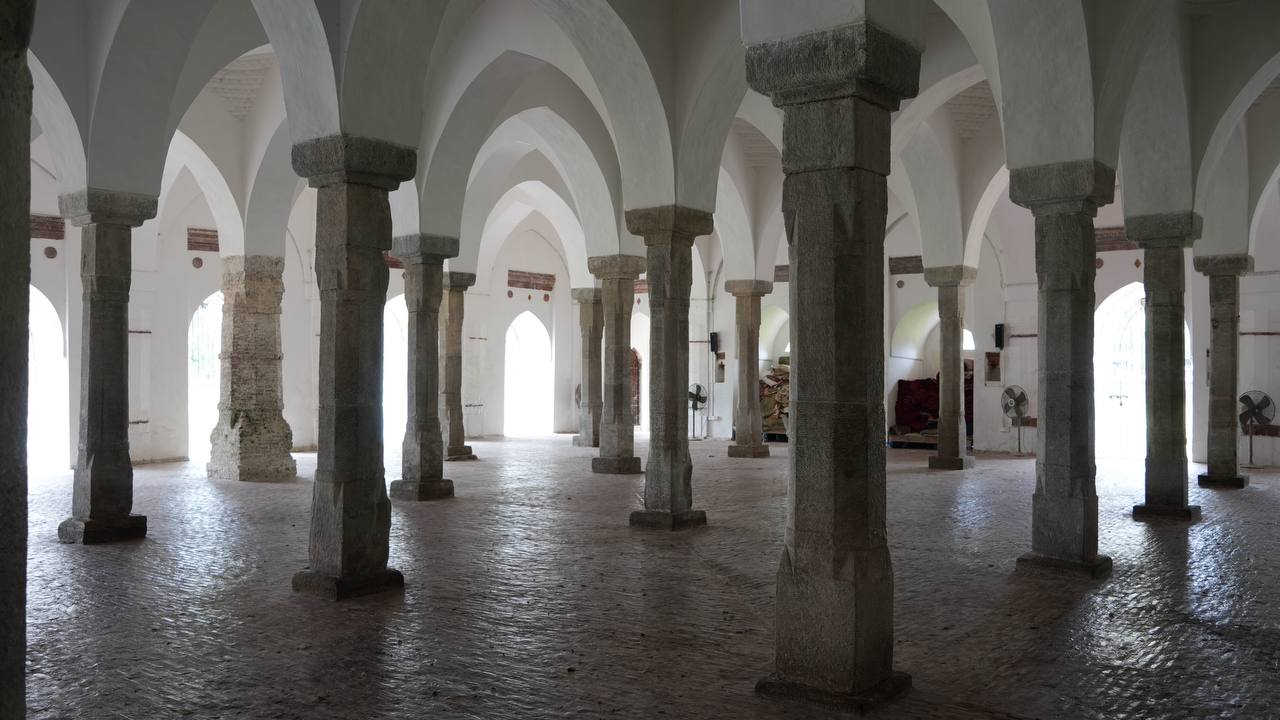
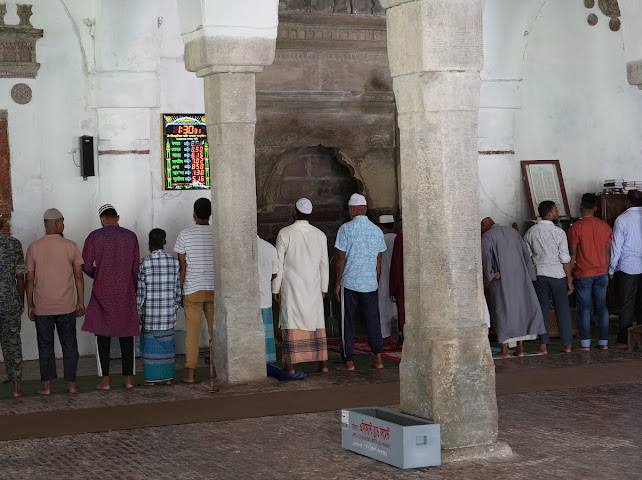
Nine Dome Mosque
This mosque is smaller and more intimate than the big one but no less impressive. The domes are arranged in a perfect square and the red bricks have weathered into a warm, almost orange tone. It is usually quiet and rarely has more than a handful of visitors. It gives off that perfect abandoned temple vibe that makes you want to stay and just listen to the wind.
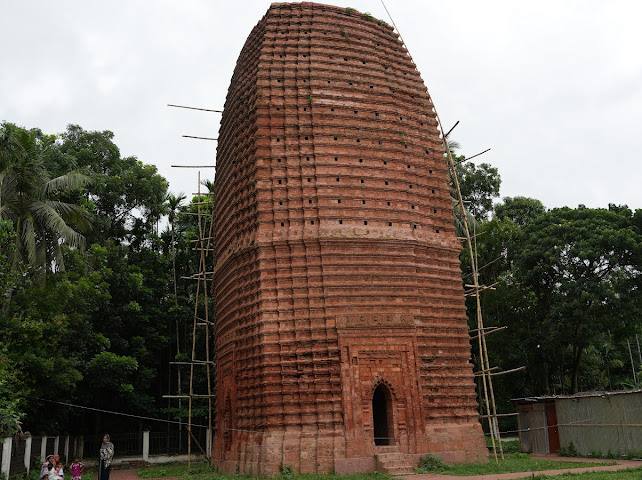
Singair Mosque
Just west of the big one, the Singair Mosque is a single-domed structure that was probably used for local worship while the main mosque was for Friday prayers. Its small size and isolation make it another great spot to just sit and appreciate the scale of what this city once was.
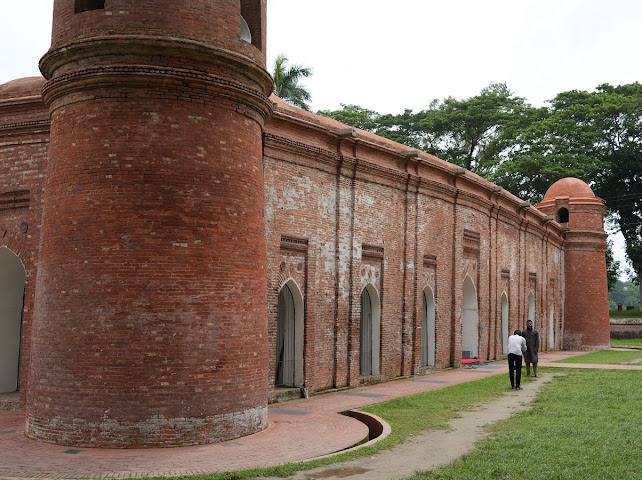
Other Bits
There are other scattered ruins too, including the Zinda Pir Mosque, the Ronvijoypur Mosque with its massive single dome, and various tanks that once served as the city’s water supply. Many are half-sunk in vegetation, giving off serious Indiana Jones shit. You can explore most on foot or by hiring a rickshaw for a few hours.
Bagherat is not crowded, not fancy, and not trying to impress. But it does. It is Bangladesh at its most historic and atmospheric. If you are in the country and only go to Dhaka and the Sundarbans you are missing the real heart of Bengal. Bagherat is a must extension, or detour when you visit Bangladesh.
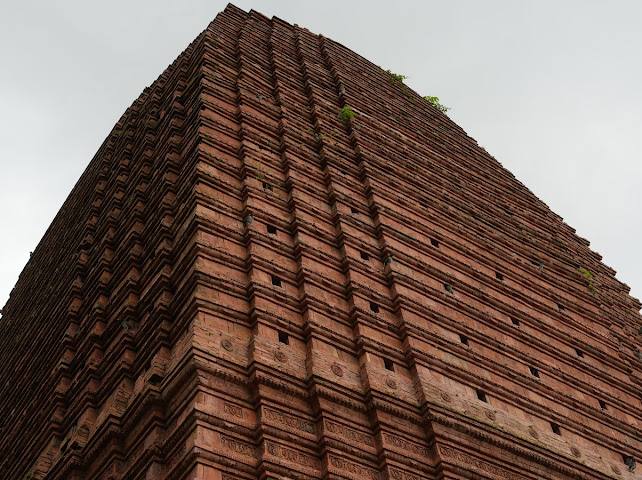
Is it with visiting?
Well we certainly think so, which is why we we include it in our Unseen Bangladesh Tour, but it should also be acknowledged that there is also much more to the area than just the temples.
We personally not only explored the local villages on our last visit, but also enjoyed some amazing Bagherat Street Food, as well as arranging an impromptu rowing and fishing expedition. And this is the great thing about the place and that is when you do feel “mosqued out”, there is a whole heap of local Bengali beauty and friendliness to keep you entertained.
Click to check our Bangladesh Tour.



